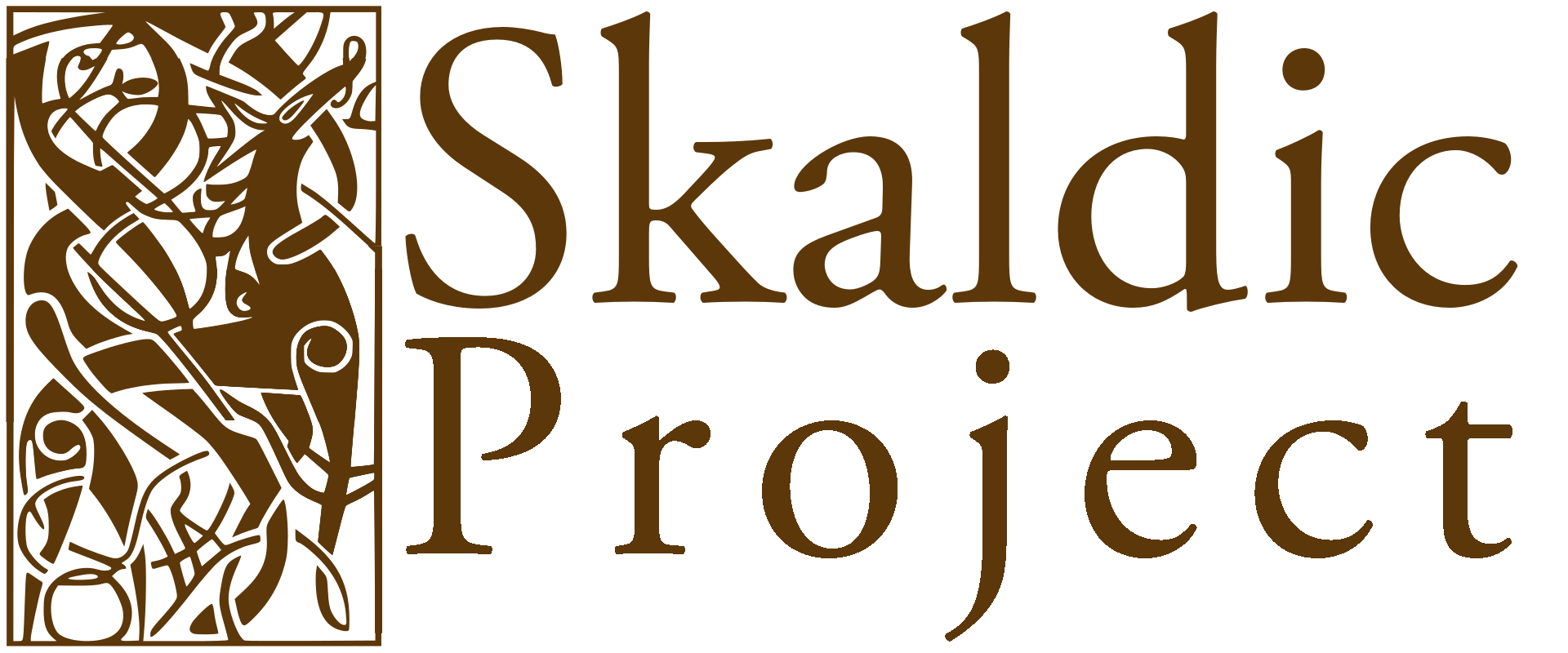Anon Vitn 4VII/7 — ást ‘love’
Blíðu barnaæði
brátt kveikjaz þar leikar
enn með ungamanni
ótt og konungsdóttur.
Sjá má sveinn af meyju
sjaldan nær eða aldri;
það varð í ást af ástum
áfeingt, er þau gáfuz.
Blíðu barnaæði kveikjaz leikar þar enn brátt, ótt, með ungamanni og konungsdóttur. Sveinn má nær sjaldan eða aldri sjá af meyju; það varð áfeingt í ást af ástum, er þau gáfuz.
With the gentle mind of children, games are kindled there once more quickly, rapidly, between the young man and the king’s daughter. The boy can very rarely or never look away from the girl; that was vehemently turned into love from the loves which they gave each other.
notes
[7-8] það varð áfeingt í ást af ástum ‘that was vehemently turned into love from the loves’: Það ‘that’ refers to the fact that the boy could not keep his eyes off the girl: he looked at her, and fell in love because of their mutual attraction. Varð áfeingt lit. means ‘turned intoxicatingly’, an apt description of his state of mind. Sperber reads í ást ‘into love’ as jast (m. acc. sg.) ‘yeast’ in both mss and suggests a meaning ‘fermented drink’ (see Sperber 1911, 70; Schottmann 1973, 377 n. 7). However, í ást ‘into love’ is written as two distinct words in both mss.
